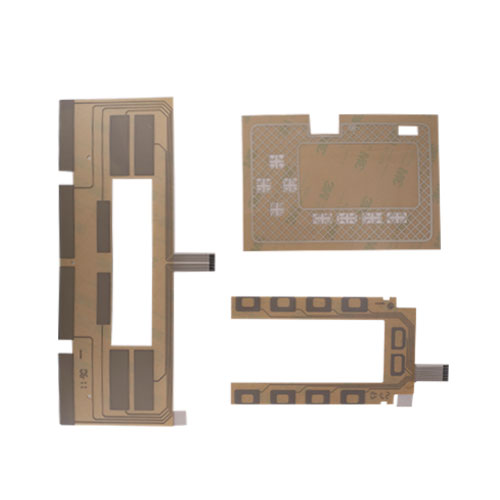flexible circuit manufacturing is a process that involves the production of printed circuit boards that are flexible rather than rigid. These circuits are commonly used in a variety of electronic devices, such as smartphones, tablets, and wearable devices. The flexibility of these circuits allows for greater freedom in the design and placement of electronic components, making them an essential component in the production of modern electronics.
One of the key benefits of flexible circuit manufacturing is the ability to streamline the electronic assembly process. Traditional rigid printed circuit boards require multiple steps in the assembly process, including soldering individual components onto the board. This can be a time-consuming and labor-intensive process, as each component must be carefully placed and soldered in a specific location.
Flexible circuits, on the other hand, can be produced in a way that eliminates the need for manual component placement and soldering. This is achieved through the use of automated assembly processes, such as surface mount technology (SMT). SMT involves the use of specialized machinery to place and solder electronic components onto the Flexible circuit board. This automated process is much faster and more efficient than manual assembly, allowing for higher production volumes and shorter lead times.
In addition to streamlining the assembly process, flexible circuit manufacturing also offers greater design flexibility. The flexible nature of these circuits allows for the creation of complex and compact electronic designs. This is particularly useful in the production of miniaturized electronic devices, where space is at a premium. By using flexible circuits, designers can create compact electronic assemblies that would be difficult or impossible to achieve with rigid boards.

Furthermore, flexible circuit manufacturing allows for greater integration of electronic components. The flexibility of these circuits enables the creation of three-dimensional (3D) designs, where components can be stacked on top of each other or folded over, maximizing the use of available space. This allows for the creation of highly integrated electronic assemblies, reducing the overall size and weight of the final product.
Another advantage of flexible circuit manufacturing is improved reliability. Traditional rigid circuit boards are susceptible to mechanical stress and vibration, which can lead to component failure. Flexible circuits, on the other hand, are more resistant to mechanical stress and vibration due to their flexible nature. This increased durability translates into improved product reliability, reducing the likelihood of premature product failure and the need for costly repairs or replacements.
In summary, flexible circuit manufacturing offers numerous benefits, including streamlined assembly processes, greater design flexibility, improved integration of electronic components, and increased product reliability. As the demand for smaller and more complex electronic devices continues to grow, flexible circuit manufacturing will play a critical role in meeting these demands and driving innovation in the electronics industry.